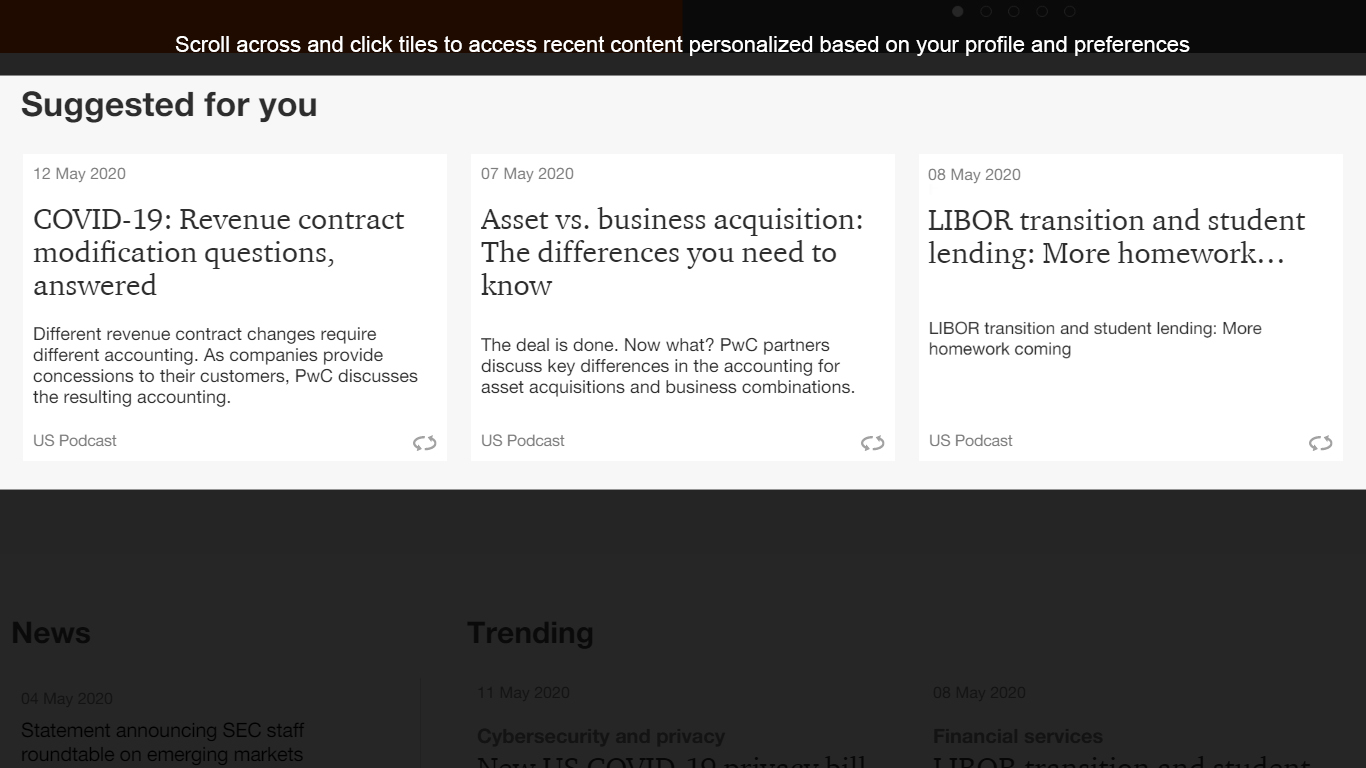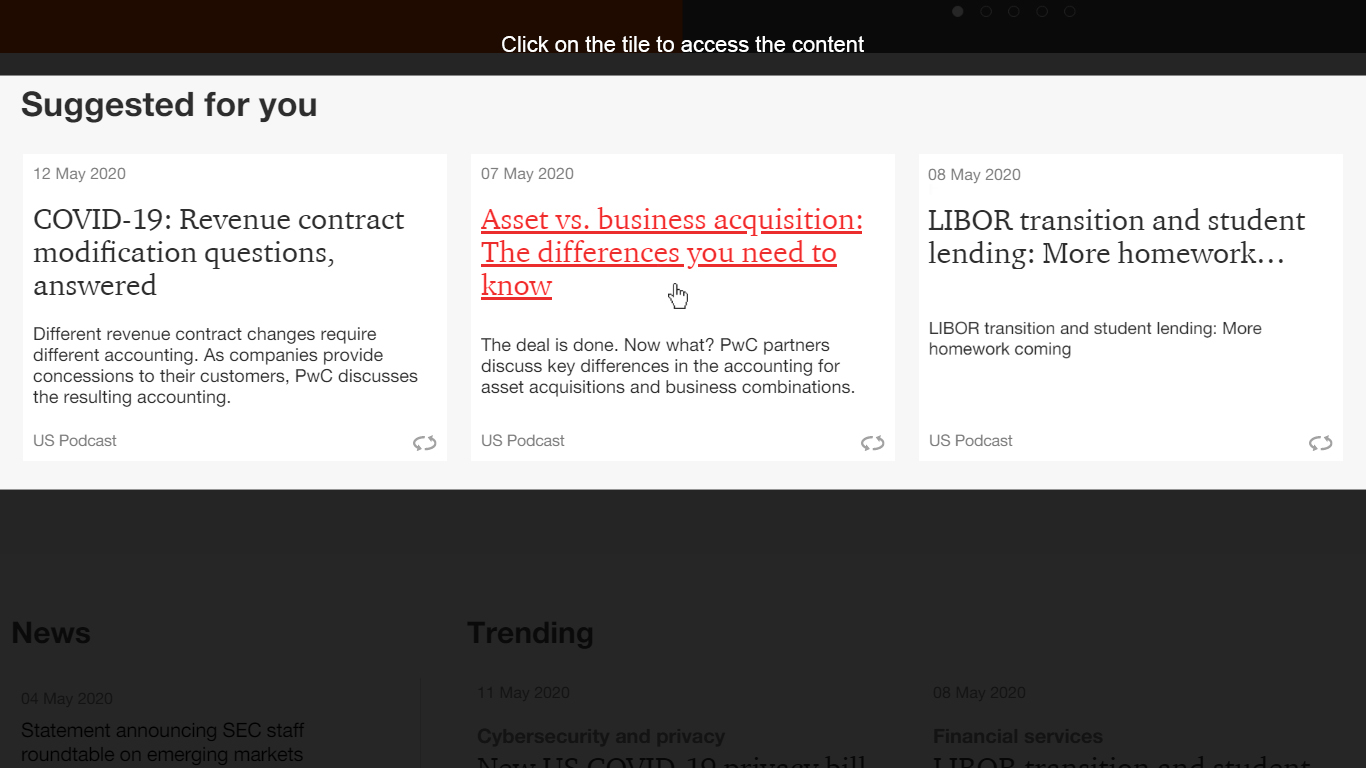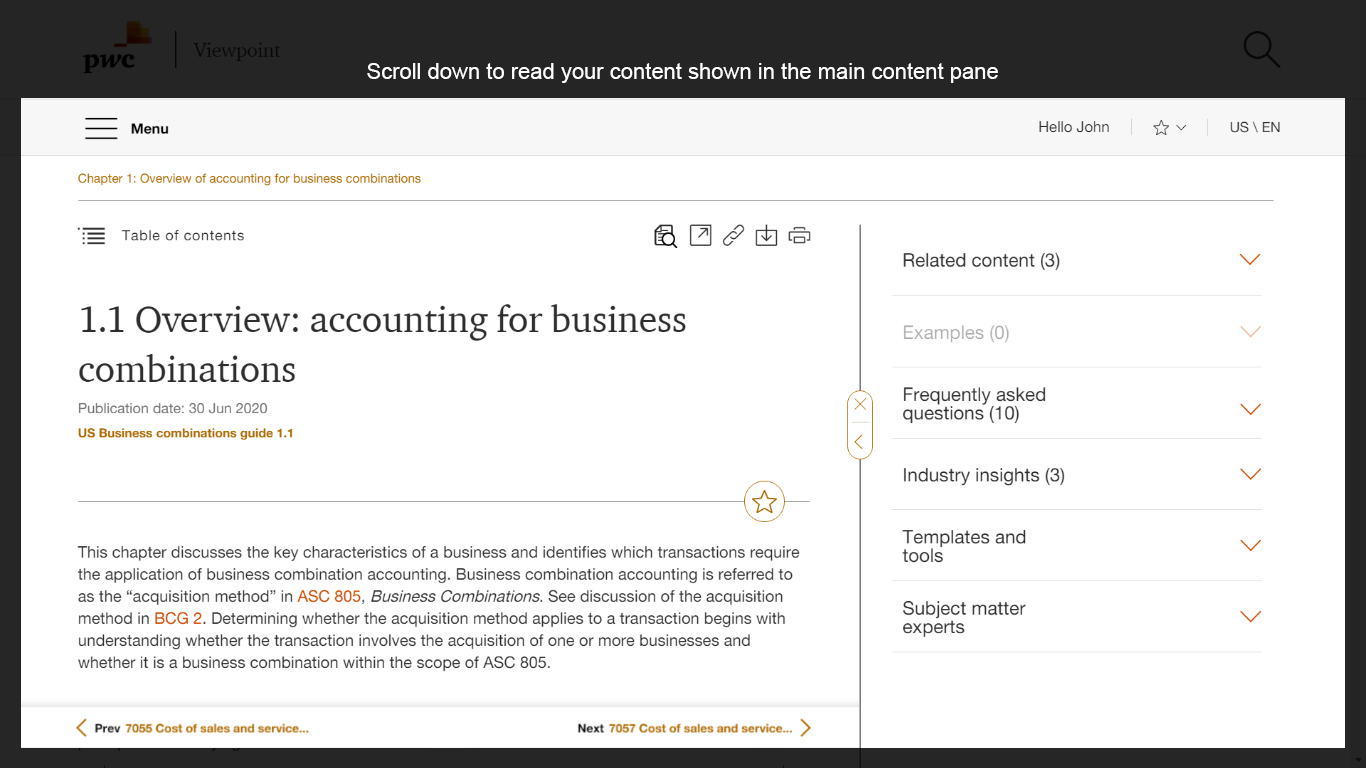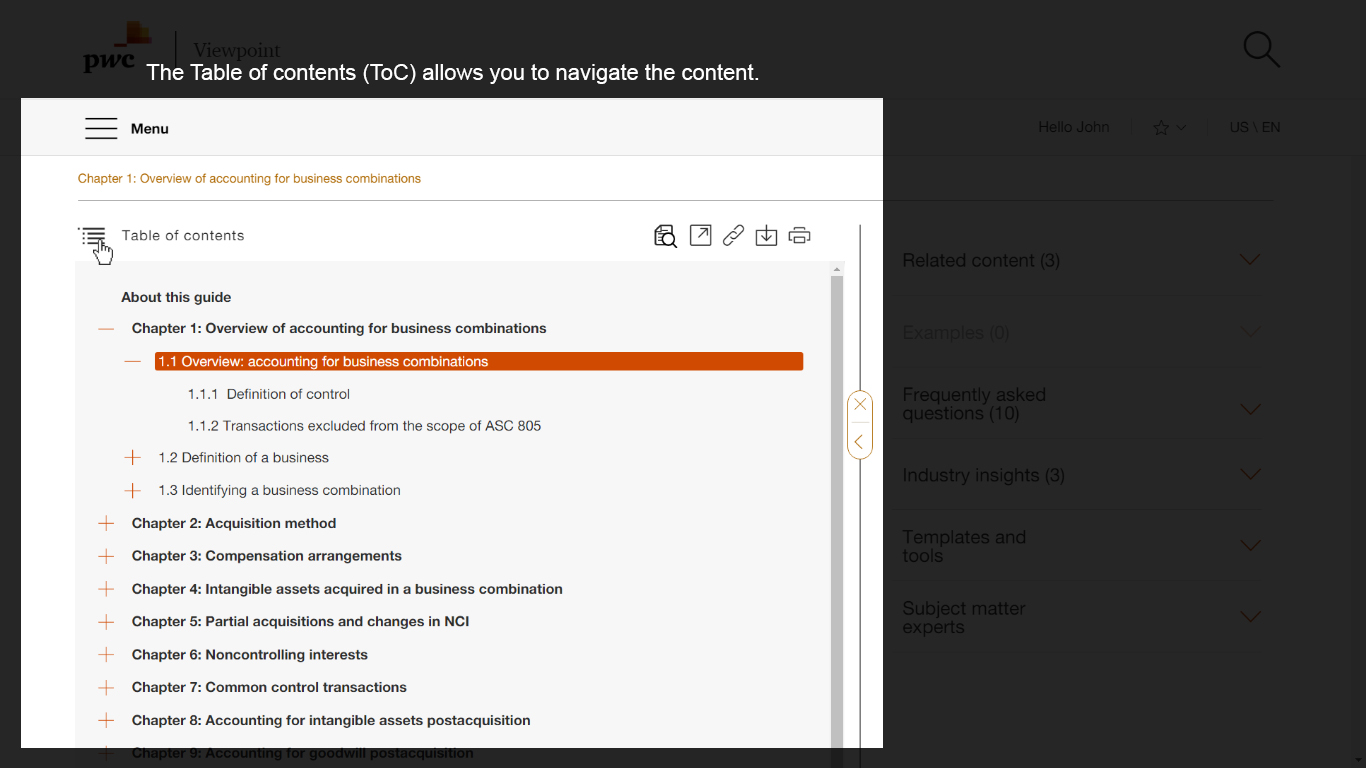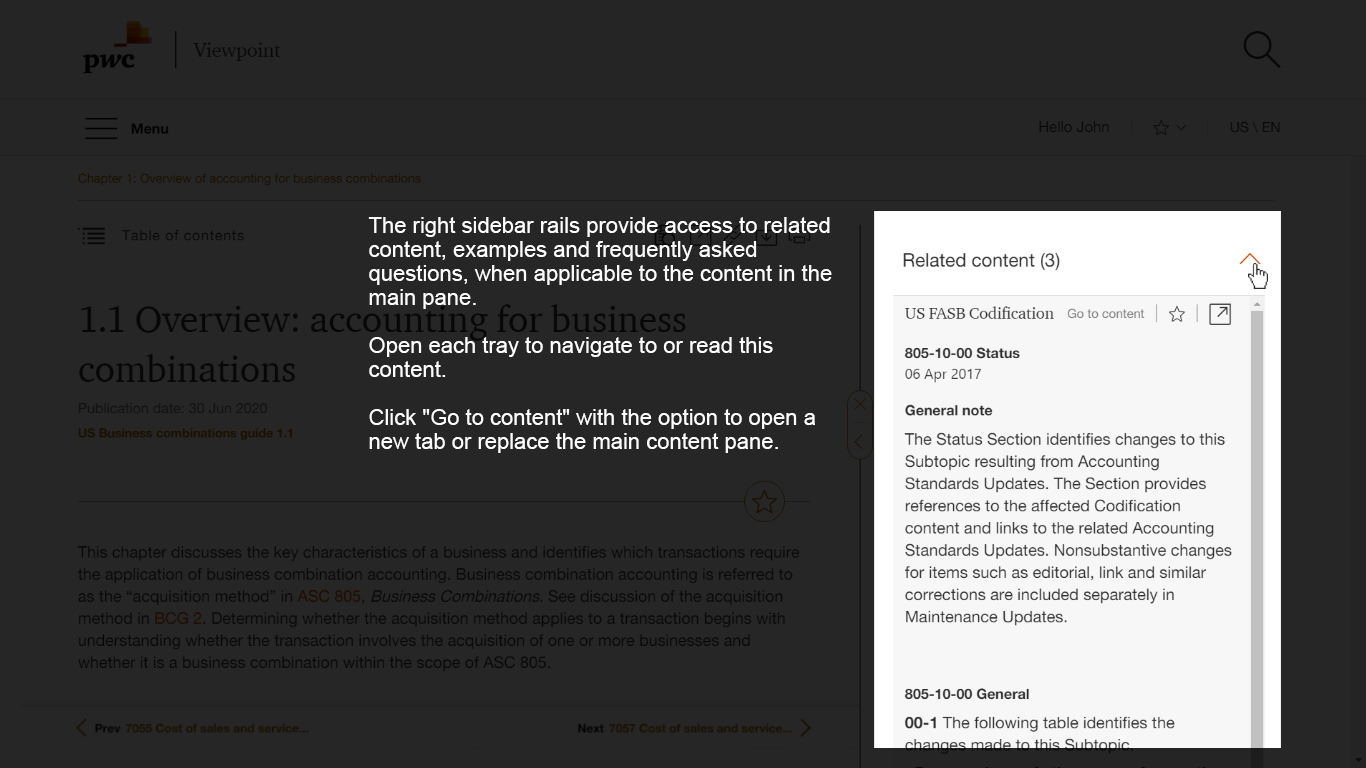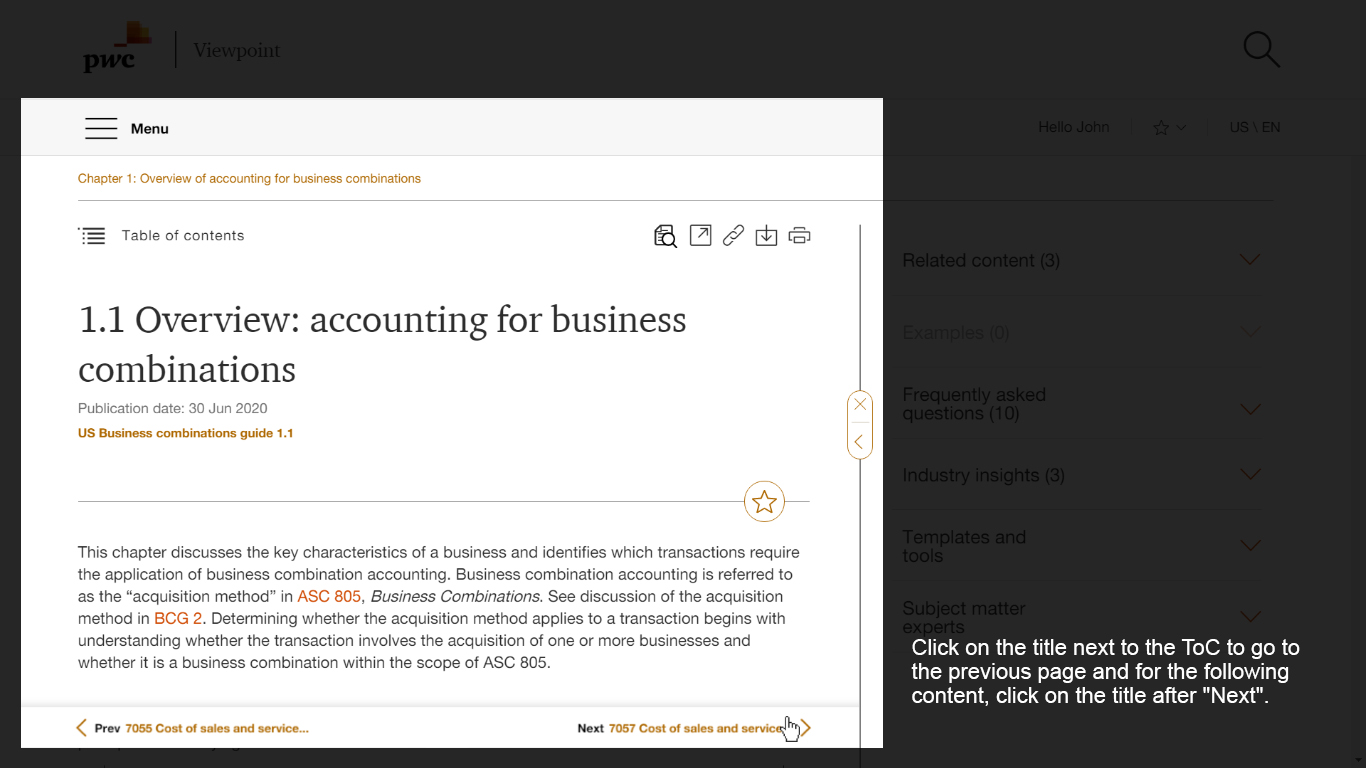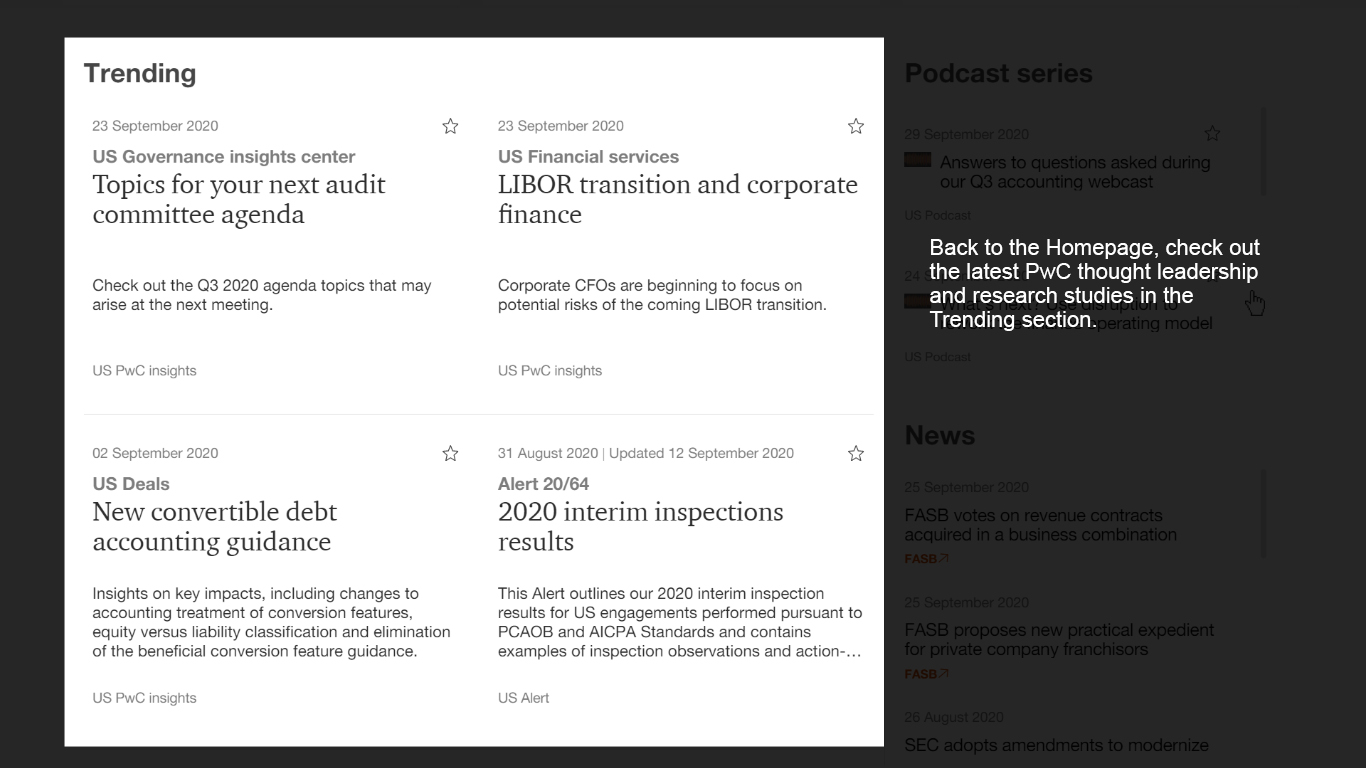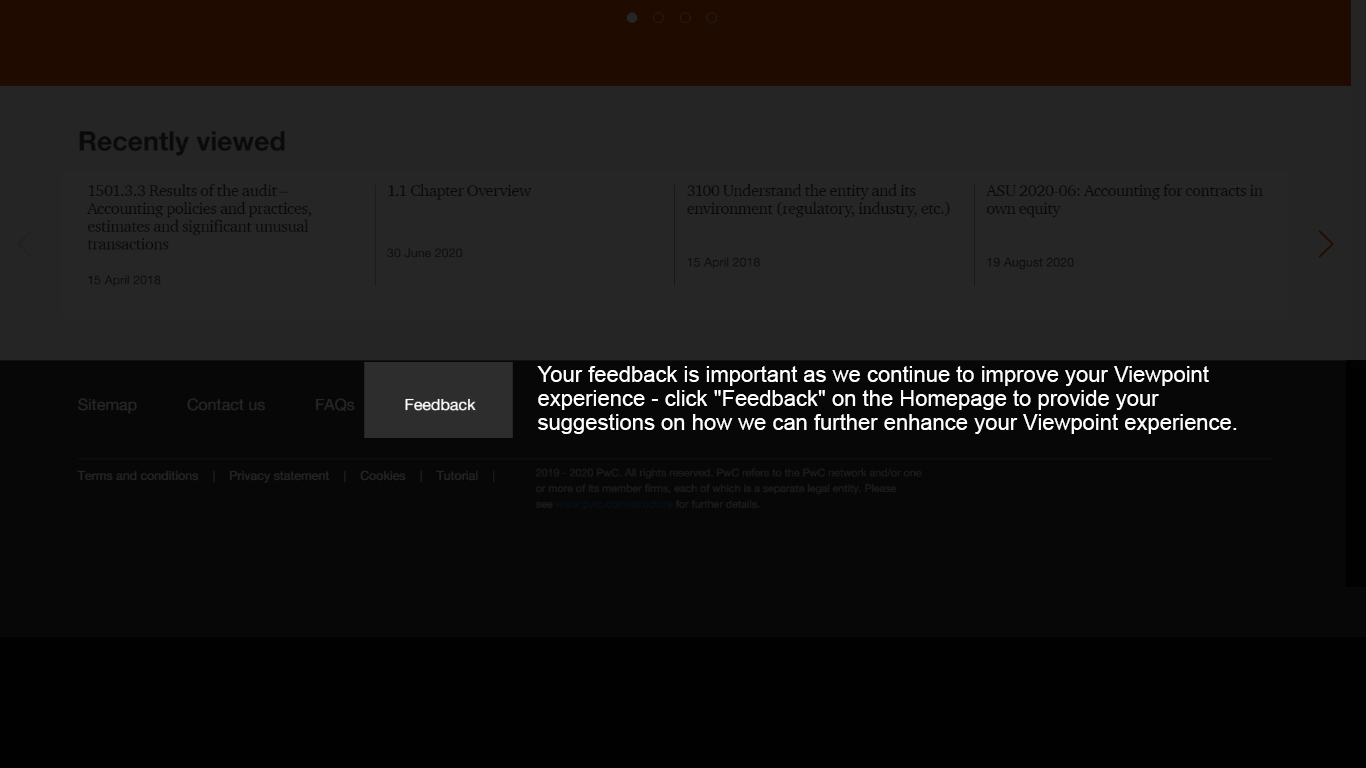Supplier finance programs may also be referred to as reverse factoring, payables finance, or structured payables arrangements. A reporting entity (i.e., the buyer) uses these programs to provide its suppliers of goods or services/vendors access to payment from a third-party finance provider or intermediary in advance of an invoice due date originally agreed with the buyer. It is common in such arrangements for the buyer to confirm the amount and validity of invoices to the finance provider in advance of the early payment offer. Although not determinative, one indicator that a reporting entity may have a supplier finance program is the commitment to pay a third party (other than the supplier) for a confirmed invoice without offset, deduction, or any other ability to avoid payment.
In determining whether an entity has established a supplier finance program, all available evidence should be considered, including arrangements between (1) the reporting entity and the finance provider or intermediary and (2) the reporting entity and its suppliers whose invoices the entity has confirmed as valid.
Balance sheet presentation
Depending on the reporting entity’s level of involvement and whether or not the supplier finance program represents a financing of the original obligation, the terms of the supplier finance program could cause the substance of the liability to change from trade payable to debt. This change in classification could affect a reporting entity’s leverage ratios, and possibly, its covenants.
The presentation of supplier finance programs is not addressed directly in authoritative literature. When entering into supplier finance programs, a reporting entity should weigh the evidence to determine whether the obligations in the program are more akin to a trade payable or debt. Program terms differ, and even similar programs in different markets or jurisdictions may be accounted for differently because of variations in industry norms and laws by jurisdiction.
When evaluating whether an obligation is more akin to a trade payable or debt, a reporting entity should consider:
- Are the terms of the payable typical for the specific reporting entity and industry? Said differently, would a supplier offer those terms to the reporting entity absent any other considerations?
- As a result of the supplier finance program, was the payable modified so significantly such that it should be considered a new arrangement?
Figure FSP 11-2 details factors a reporting entity should consider to determine whether an obligation in a supplier finance program should be presented as a trade payable or debt financing.
Figure FSP 11-2
Supplier finance programs—classification considerations
Program terms |
Indicates that the economic substance of the obligation could remain consistent with that of a trade payable |
Indicates that the economic substance of the obligation could be more consistent with debt |
What are each party’s roles and responsibilities in the negotiations of the supplier finance program? |
The reporting entity simply introduces the vendor and the financial institution/ intermediary. |
The reporting entity is significantly involved in the negotiation of terms between its vendors and a financial institution/intermediary, or the reporting entity is a party to the arrangement. |
Are credits still negotiated between the reporting entity and the vendor? |
The reporting entity retains its right to negotiate with the vendor and its ability to realize negotiated credit memos. |
The reporting entity does not retain its right to negotiate with the vendor and loses the ability to realize negotiated credit memos. |
Is the program offered to a wide range of companies or by a wide range of vendors? Is vendor participation in the program voluntary? |
The program is available to a broad range of vendors.
While we do not believe that the arrangement needs to be offered to all of the reporting entity’s vendors (or to all buyers of those suppliers), availability of a program to a broad range of vendors is a helpful indicator. |
There are a limited group of vendors or buyers, or the program mandates that the vendor accept an early payment for an amount less than the invoice. |
Has the financial institution obtained any new rights, such as the ability to decide which vendor invoices get paid? |
The financial institution/ intermediary has not obtained any rights that the vendor did not have before the start of the program. |
The arrangement results in the financial institution/ intermediary receiving new rights that the vendor did not have before the supplier finance program. |
How are fees calculated when the reporting entity uses a paying agent’s accounts payable platform? |
The servicing fee paid to the buyer (if any) is in line with a typical paying arrangement.
A servicing fee does not in and of itself change the nature of the transactions being serviced as long as it is in line with a typical paying arrangement. |
Servicing or other fees earned by the reporting entity are variable based on vendor participation. |
Are the terms of the payables consistent with those that other buyers would obtain without a supplier finance program? |
Invoice terms between the buyer and vendor are similar to those typically offered by vendors to other buyers without supplier finance programs. |
Payment terms are extended beyond industry norms. |
Is the purpose of the transaction in substance an effort by the reporting entity to finance trade payables by extending terms beyond industry norms? |
The terms of the invoice are not changed or extended from the terms originally negotiated between the buyer and vendor. |
Terms are extended or otherwise designed to allow the reporting entity to finance the payment contractually due to the vendor. |
Is the reporting entity’s parent jointly and severally liable for the obligation? |
There is no parent guarantee, as parent guarantees are not typical of trade payables.
However, if the obligation was already implicitly guaranteed, making it explicit via the supplier finance program, this may not, in and of itself, make the obligation debt if the guarantee is the only “debt-like” characteristic. Determination of whether an obligation was already implicitly guaranteed requires judgment. |
The obligation was not already implicitly guaranteed, but a guarantee was made explicit via the supplier finance program. |
Has the legal character of the obligations changed? |
There are no changes in legal character. |
There are changes to the obligation such that it is no longer consistent with a UCC-compliant trade payable. |
Notwithstanding these considerations, the presence of certain terms may suggest that the obligation is, in substance, debt. These include:
- An incremental increase in the price of the goods to compensate vendors who provide extended payment terms
- The original liability being extinguished
- Interest accruing on the balance prior to the due date (although penalties for non-payment may be imposed after that)
- The financial institution having the right to draw on the reporting entity’s other accounts without its permission if the designated payment account has insufficient funds, if not part of the reporting entity’s normal banking arrangement
- Altering the trade payable’s seniority in the reporting entity’s capital structure
- Requiring the reporting entity to post collateral on the trade payable
- Default on invoice payment under the arrangement triggering a cross-default (other than a general debt obligation cross-default)
Balance sheet classification of the liability also impacts the statement of cash flows. See
FSP 6.8.9 for discussion of the statement of cash flows classification.
Example FSP 11-2 illustrates the application of the accounts payable versus debt classification considerations.
EXAMPLE FSP 11-2
Supplier finance programs — accounts payable versus debt classification
FSP Corp and its financial institution ask certain of FSP Corp’s vendors to enter into a new payment program. Under the payment program, the financial institution pays the vendors directly and participates in an early pay discount that the vendors offer for invoices paid within 15 days. FSP Corp is then obligated to pay the financial institution the agreed-upon amount at the invoice due date. The amount FSP Corp pays the financial institution at the due date is less than the full amount of the invoice because the financial institution has offered FSP Corp a portion of the early pay discount it receives from the vendor.
Should FSP Corp classify the payable to the financial institution as accounts payable?
Analysis
No. The arrangement between the financial institution and FSP Corp results in FSP Corp securing financing at a lower cost of funds than in the vendor's original invoice. FSP Corp received an early-pay discount for which it was not otherwise eligible. As such, FSP Corp should derecognize its trade account payable and record a new liability classified on its balance sheet as a borrowing from the lender.
Further, FSP Corp's statement of cash flows should reflect an operating cash outflow and financing cash inflow related to the affected trade payable balances, and a financing cash outflow upon payment to the financial institution and settlement of the obligation. See
FSP 6.8.9 for discussion of the statement of cash flows classification of supplier finance programs.
New guidance
In September 2022, the FASB issued
ASU 2022-04,
Disclosure of Supplier Finance Program Obligations, which requires disclosures about supplier finance programs. While this standard does not address the accounting for or financial statement presentation of these arrangements, it requires specific disclosures intended to enhance transparency, such as key terms of the program, amounts outstanding, balance sheet presentation, and associated rollforward information. These disclosures are required for supplier finance programs, regardless of the financial statement presentation (i.e., as trade payables or as debt) of the related liabilities. Traditional paying agent arrangements discussed in
FSP 11.3.1.6 are not in the scope of
ASU 2022-04.
For all entities, the amendments are effective for fiscal years beginning after December 15, 2022, including interim periods with those fiscal years, except for the requirement to disclose rollforward information, which is effective for fiscal years beginning after December 15, 2023. Early adoption is permitted.
The amendments should be applied retrospectively to each period in which a balance sheet is presented, except for the amendment on rollforward information, which should be applied prospectively. During the fiscal year of adoption, the information on the key terms and balance sheet presentation, which are annual disclosure requirements, should also be disclosed in each interim period. For example, for a calendar year-end entity, disclosure of the amounts outstanding, key terms, and balance sheet presentation is required beginning in the first quarter 2023 financial statements. Disclosure of the rollforward information would first be required in the 2024 annual financial statements.
Reporting entities that use supplier finance programs must disclose sufficient information to enable users of financial statements to understand the nature and potential magnitude of the programs, activity during the period, and changes from period to period. There are both annual and interim disclosure requirements included in ASC 405-50-50-3 through ASC 405-50-50-4. If a reporting entity uses more than one supplier finance program, it may aggregate disclosures, but not to the extent that useful information is obscured by the aggregation of programs that have substantially different characteristics.
The following disclosures are required in annual periods.
- Key terms of the program including, but not limited to:
- A general description of the payment terms, including payment timing and the basis for its determination
- Assets pledged as security or other forms of guarantees provided for the committed payment to the finance provider or intermediary
See ASC 405-50-55-1 through 405-50-55-3 for an illustrative example of the disclosure of key terms.
- Obligations confirmed as valid under the program:
- Amount outstanding that remains unpaid by the entity at the end of the reporting period and where those obligations are presented in the balance sheet (if there is more than one balance sheet line item, disclose the amount in each line item)
- Rollforward of the obligations that includes, at a minimum, all of the following:
- Amount outstanding at the beginning of the reporting period
- Amounts added to the program during the reporting period
- Amounts settled during the reporting period
- Amount outstanding at the end of the reporting period.
See ASC 405-50-55-4 through 405-50-55-5 for an illustrative example of the rollforward disclosure.
In interim periods, a reporting entity should disclose the amount of obligations confirmed as valid that remain outstanding at the end of the reporting period. Also, during the fiscal year of adoption, the information on the key terms and balance sheet presentation, which are annual disclosure requirements, should also be disclosed in each interim period.



